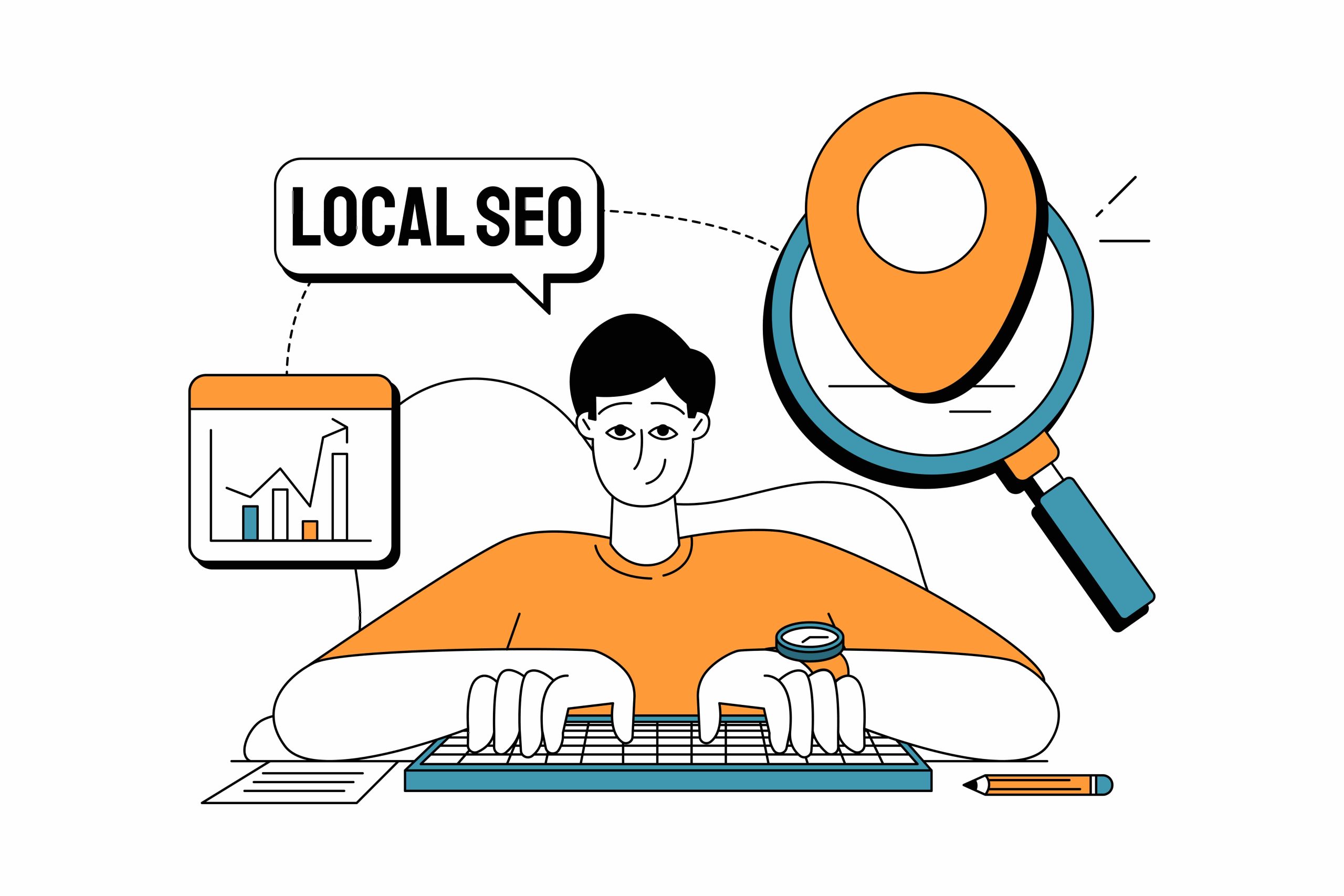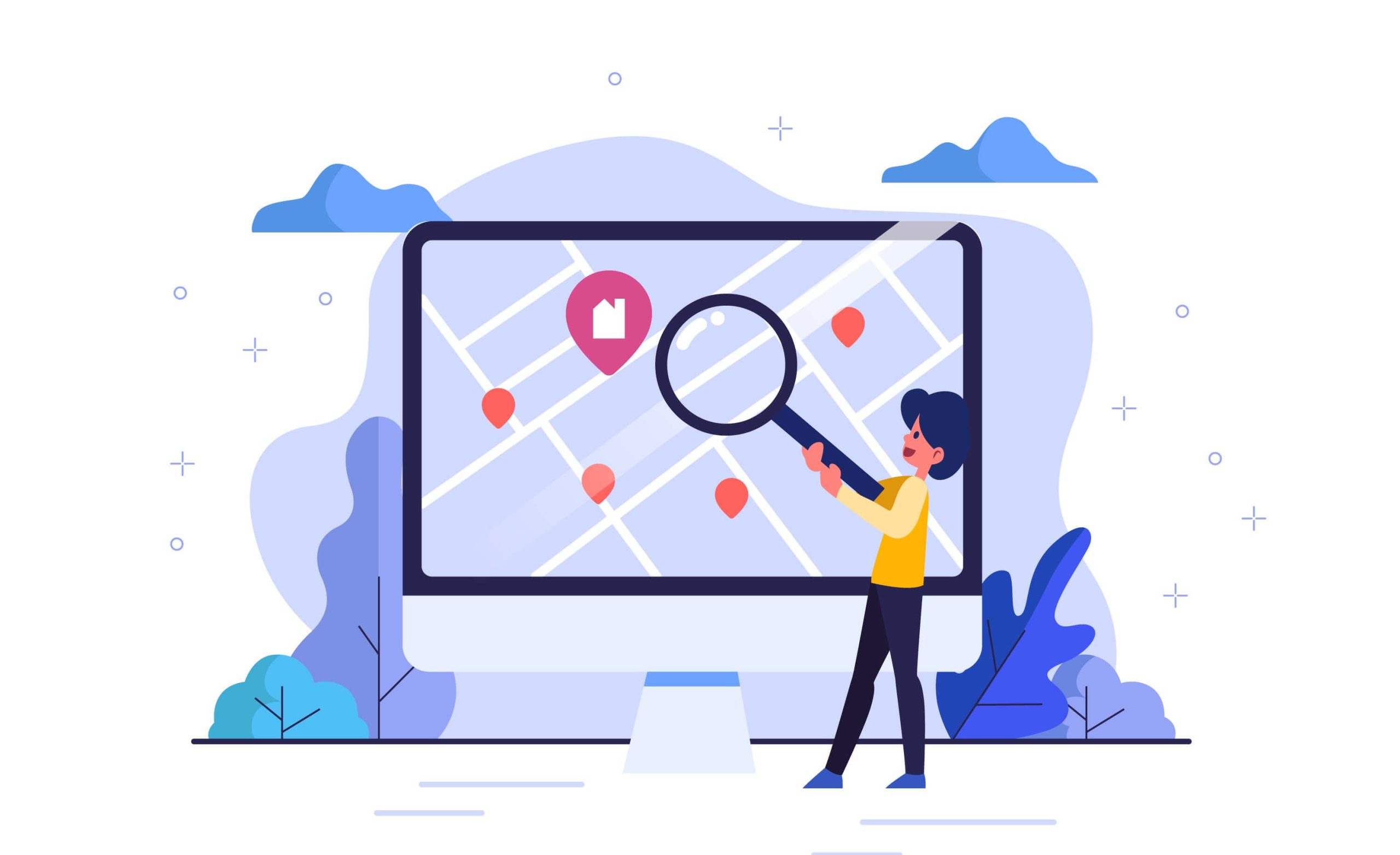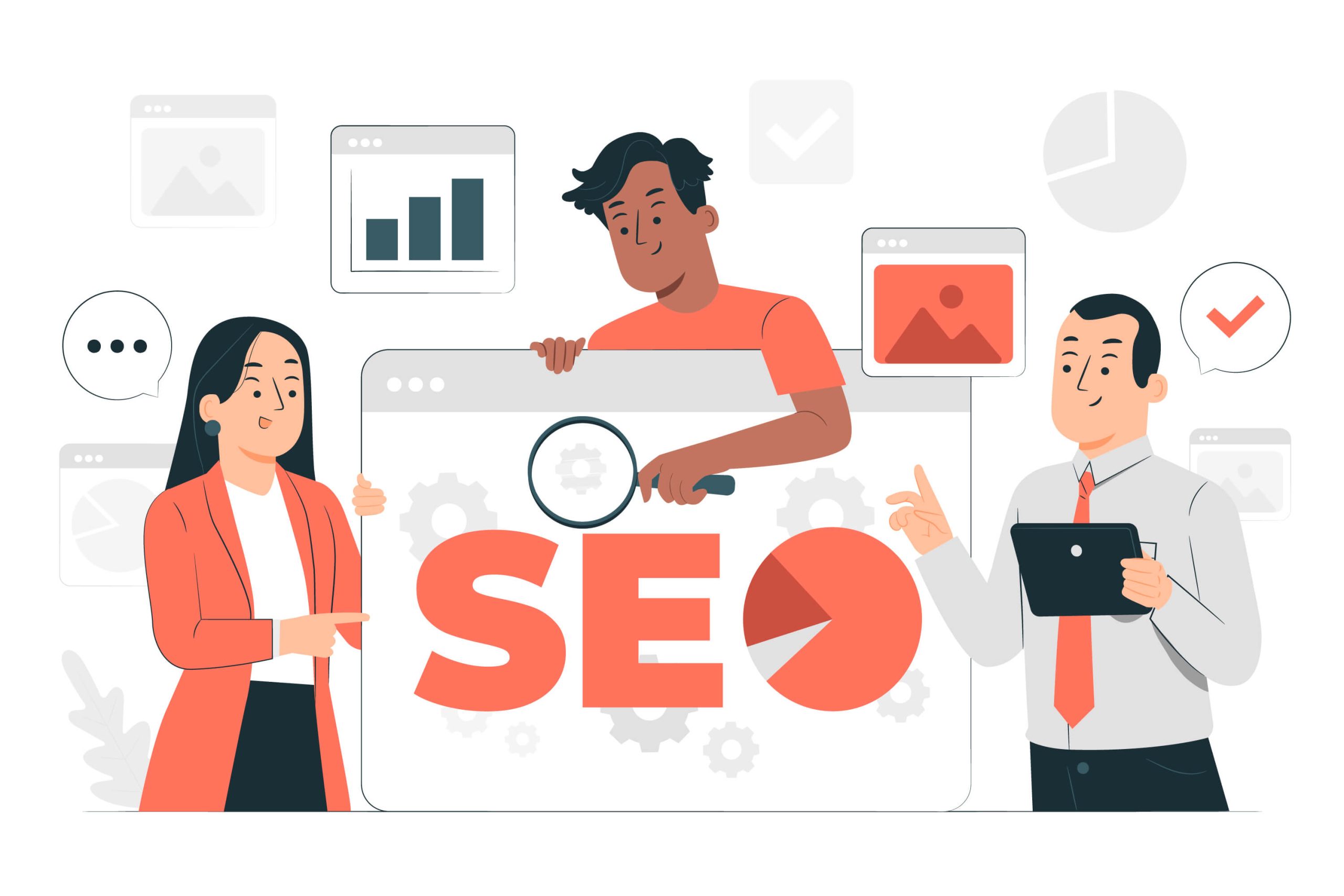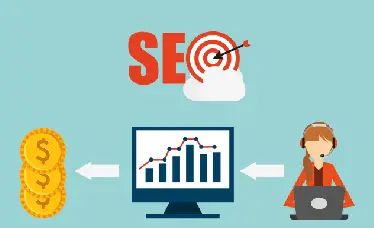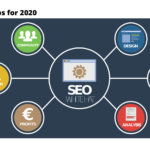In the world of links, some technical nuances create distinctive effects. Even if we don’t see these nuances, we need to consider them in the SEO journey. Link attribute values in the page code inside the link tag <a> are one of them, and they affect how search engines perceive the link.
By default, links pass on “link juice” to the linked-to website. In other words, they tell search engines that the linked-to website is important and should be ranked higher in search results. However, with nofollow links, this system doesn’t work.
When you work on your SEO strategy, you need to understand dofollow and nofollow links and the difference between them. Hence, you know when to use them in your content and which types matter to improve your website rankings and traffic.
What is a Dofollow Link?
A dofollow link is a link that passes on “link juice” to the linked-to website. In other words, it’s a voting system that tells search engines that the linked-to website is important and should be ranked higher in search results.
This is how it works by default. So, technically, there’s no such thing as a dofollow link. Let’s take a look at what a dofollow link looks like:
<a href=”example.com”>anchor text here</a>
This is opposed to a nofollow link, which doesn’t pass on any link juice and tells search engines to ignore the linked-to website. And unless you add a rel=”nofollow tag, search engines will follow every link on your site.
Dofollow links help your website rank higher in search results. When others link to your website, search engines consider your website a valuable resource. Plus, you can your website’s authority by linking to trustworthy websites.
But suppose you want to link to a site without endorsing it to search engines. That is when you’ll use nofollow links.
What is a Nofollow Link?
Nofollow links do not pass link equity, which means search engines won’t follow that link as they crawl the website. They cannot help improve the search engine ranking of the page they are linking to.
Here’s what a nofollow link looks like:
<a href=”https://example.com” rel=”nofollow”>anchor text here</a>
Sometimes you may need nofollow links because you don’t want search engines to establish a relationship between you and the website you’re pointing to.
How Do Dofollow Backlinks Help Rankings?
When we talk about link value for rankings, we usually mean backlinks. Dofollow links are one of the most important ranking factors for SEO. They help search engines determine the quality of a website and whether it is worthy of a top spot in the search results.
When a dofollow link points to your site, it is like a vote of confidence. The more dofollow links you have, the higher your site will rank.
Many factors go into how dofollow links are computed, but they all come down to one thing: quality. Search engines want to surface the best possible results for their users.
Search engines have many ranking factors (we know that Google has more than 200), and high-quality backlinks are in the top-2 major factors with content. A Backlinko 2020 study revealed that pages ranking first in Google had 3.8 times more backlinks than pages ranking in the top 2-9.
Dofollow links are one of the most important signals to determine which sites are worthy of a top spot. Focus on building high-quality dofollow links from reputable websites to improve your rankings.
Organic link building: To avoid being penalized by Google, it’s essential to focus on building organic links instead of buying them. Natural backlinks are often more valuable and will lead you in the right direction when Search Engines recommend sites that need attention!
Authority of the external source: The more trustworthy a web page is, the higher value it will pass on to pages that citation. In turn, for reliable sources, backlinks from spammy sites can negatively impact link juice and Search Engine Optimization rates.
Diversity of referring domains: The more domains that link to your website, the better.
Relevancy: Linking to relevant content is important. Not only should the anchor text be related, but also it needs contextually appropriate language and keyword use so people will click on your links!
Link placement: The placement of links in content is important for SEO. If they’re hidden, then users might get penalties from search engines, and it’ll be more difficult than if these natural placements were there from the start!
Freshness: The value of a backlink decreases over time. Newer links have a higher impact than older ones because they’re less likely to be spam and can come from more authoritative domains, but even this is fading fast!
Are Nofollow Links Helpful for SEO?
Understandably, you want to get as many dofollowed backlinks as possible as a website owner. However, don’t overlook the benefits of nofollow links.
Even if a nofollow link does not improve the linked-to website’s SEO, it can still be helpful for SEO in several ways. They can help to increase a website’s organic traffic, brand awareness, rankings, and potential customers. As a result, while nofollow links are not directly helpful for SEO, they can still have indirect benefits that make them worth pursuing.
They directly impact rankings: Links from authoritative sources do good for your website regardless of their attribute values. A study by Ahrefs shows that the total number of backlinks is a bit stronger than the correlation for the number of “dofollow” backlinks. This can mean that Google values nofollowed links from strong pages more than followed links from weak pages.
They drive traffic and increase awareness: Links from trusted sources can have a large impact on increasing traffic and awareness. When people click through to these links, they may browse other pages on the site or even register for email updates if it seems like something worth checking out!
They help build a natural backlink profile: The dofollow-only backlink profile may cause suspicion in search engines. Nofollow links help build a natural backlink profile, whereas the dofollow-only backlink profile might seem that all links are paid.
They give opportunities to get dofollow backlinks: When you need to grow your backlink profile, links in general increase the chance of being recognized by users. So, you may get more dofollow links.
How to Know if the Link is Nofollowed?
Nofollow links are not visible on the pages, but if you want to see if a page uses nofollow tags, you can do that in several ways.
In the first method—without a tool or extension, you can check it manually.
View the code on the page: Open the page, right-click and select “view page source” or “Inspect.” They both show you page codes. Press control/command F and search for nofollow. You can see the number of nofollow tags on the right of the search bar and see them one-by-one by clicking the arrows.
By using browser extensions: There are some extensions that you can use. For example, the NoFollow extension (available for Chrome and Firefox) highlights nofollowed links in red.
By using an SEO tool: If you want to check all your website’s backlinks, using an SEO tool makes much more sense. With these kinds of tools, you can review matrics like if your links are followed or not, while tracking your backlink profile.
SE Ranking’s Backlink Monitor, for example, indicates whether a backlink comes from text or image and whether it’s followed.
How to Create Dofollow Backlinks?
Practically, every link you generate is a dofollow link unless you add a rel= “nofollow” tag. Here are some ways to create dofollow backlinks:
- Guest blogging: When you guest blog on someone else’s website, ensure to include a link to your own website in your author bio. This is a great way to get high-quality dofollow backlinks.
- Directory submissions: Many online directories allow you to submit your website for free. But, not all of these directories will give you dofollow backlinks. So, be sure to do your research before submitting your website to any directory.
- Forum signatures: Many forums allow you to include a link to your website in your signature. In this way, you can get dofollow backlinks from high-authority websites.
- Blog comments: When you leave a comment on someone else’s blog, make sure to include a link back to your own website. However, don’t spam other people’s blogs with links to your website. This will only get you banned from the blog, and it won’t do anything for your SEO.
- Resource page links: Many websites have resource pages that list helpful websites and resources on a particular topic. If you have a website that would be useful for someone’s resource page, reach out to the webmaster and ask if they would be willing to include a link to your site.
Don’t forget that social media posts, sponsored posts, and other “inorganic” content are mostly nofollow.
When to Use Nofollow and Dofollow Links?
In general, it’s best to use dofollow links whenever possible.
However, there are some situations where a nofollow link might be more appropriate. Nofollow links are typically used when linking to low-quality or untrustworthy sites.
For example, if you’re linking to a site you don’t fully trust or participating in a link exchange, it’s usually best to use a nofollow link.
By understanding when to use dofollow and nofollow links, you can ensure that your link building efforts are effective. However, if you can’t decide which one to use, just in case, the best solution is to use a nofollow link.
Best Ratio Between Nofollow and Dofollow Backlinks
To be honest, there is no “golden ratio” for nofollow and dofollow links. There are several studies about it, though.
According to Alexa Rank data, the most common ratio for nofollow and dofollow backlinks is a 25/75 mix. So, when acquiring backlinks, you can aim for that ratio for your website.
A higher ratio of dofollow to nofollow links indicates to search engines that a site is more trustworthy and relevant, and as a result, it will be given a higher ranking. However, achieving the perfect ratio is not always easy, and too many dofollow links can actually result in a lower ranking.
The best approach is to focus on creating high-quality content that will naturally attract both dofollow and nofollow links. Over time, this will create a balance that will help to improve your website’s SEO.











































































































